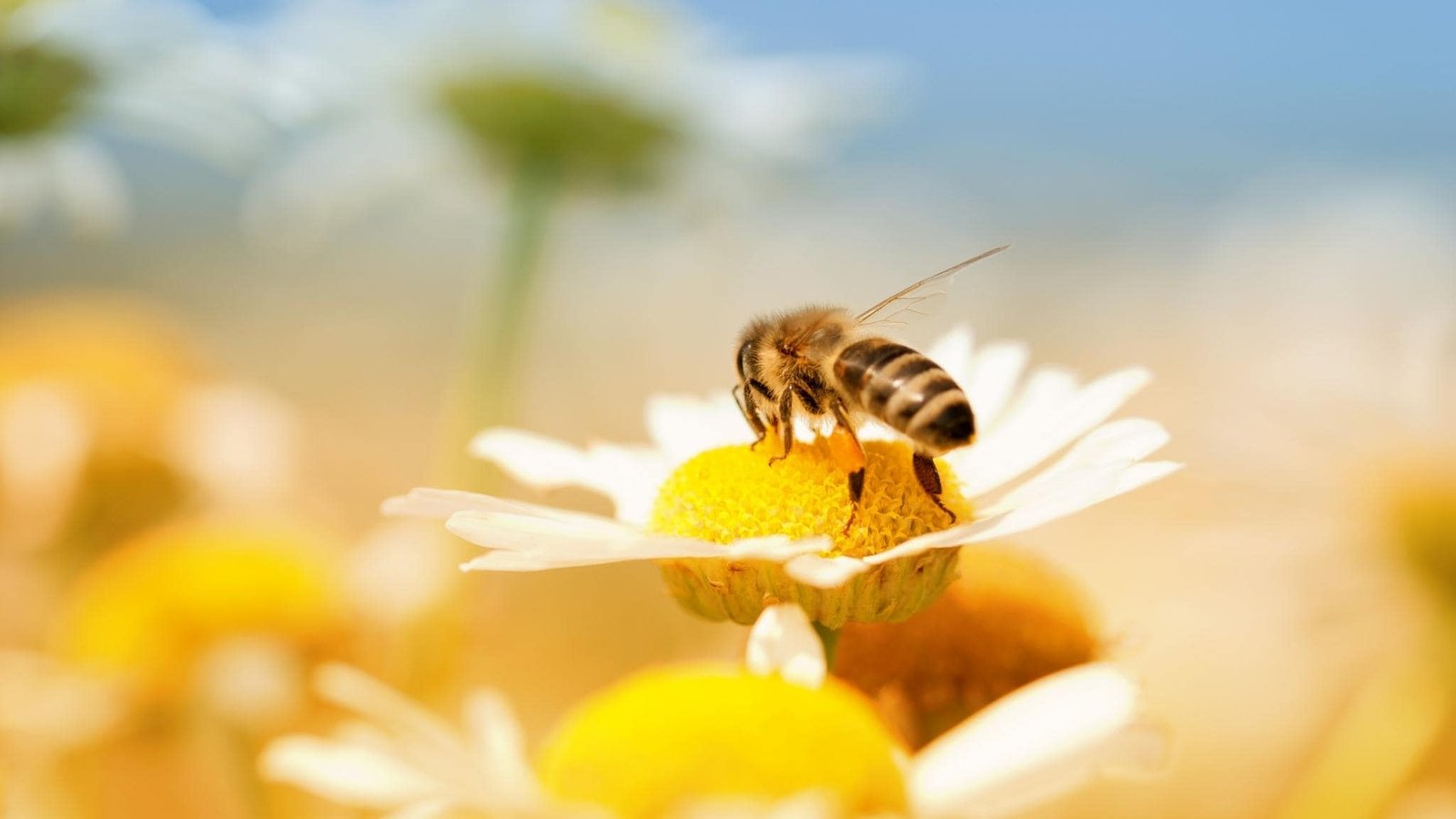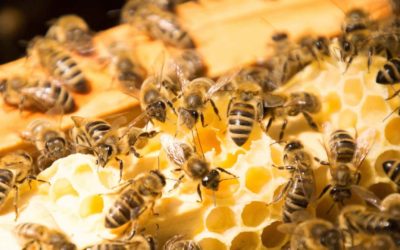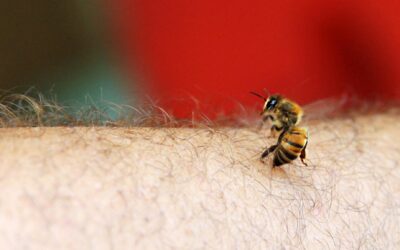
Bees are some of the most important creatures on Earth. Without them, our planet would be in big trouble. That’s why it’s important to know about these amazing insects and everything they do for us. Here are some interesting facts about bees that you may not have known before. Keep reading to learn more!
Bees are essential for the pollination of both crops and wild plants.
Bees are essential for the pollination of both crops and wild plants. When a bee visits a flower, it brushes against the pollen-covered stamens, picking up pollen on its hairy body. As the bee moves from flower to flower, pollen is transferred to the pistils of other flowers, fertilizing the flowers and allowing them to produce seeds. Without bees, many plants would be unable to reproduce, leading to a decline in biodiversity.
Without bees, our food supply would be greatly diminished.
Bees are responsible for pollinating a wide variety of crops, including fruits, vegetables, and nuts. They are responsible for pollinating one-third of the world’s food supply. Without bees, these crops would not be able to reproduce, and our food supply would be greatly diminished.
The loss of bees would also have a ripple effect on the entire ecosystem. Plants that rely on bees for pollination would disappear, leading to a decline in populations of animals that feed on these plants. In short, the disappearance of bees would have a devastating impact on our food supply and the ecosystem as a whole.
Bees are under threat from a variety of factors
1. Pesticides
One of the primary threats to bees is exposure to pesticides. Pesticides are chemicals that are used to kill insects or other organisms that may harm crops. While pesticides can help to increase crop yields, they can also be harmful to bees. Numerous studies have linked exposure to pesticides to a decline in bee populations.
2. Loss of Habitat
Another threat to bees is the loss of habitat. As humans continue to develop land for agriculture and urbanization, bees are losing the places they need to nest and forage for food. This loss of habitat is a major factor in the decline of bee populations around the world.
3. Climate Change
As the climate continues to warm, bees are struggling to adapt. This is particularly true for honeybees, as they are not able to fly as high as they need to, to escape from the heat. Additionally, rising temperatures are causing flower blooms to occur earlier in the year, which means that bees sometimes arrive too late to take advantage of them.
4. Disease
Bees are also threatened by disease. One of the most serious diseases affecting bees is colony collapse disorder (CCD), which occurs when the majority of bees in a hive disappear. While the exact cause of CCD is unknown, it is believed that a combination of factors, including parasites, pathogens, and pesticide exposure, may be responsible.
5. Poor Nutrition
Poor nutrition is another threat facing bees. As humans have developed more efficient ways to grow crops, the nutritional value of plants has declined. This means that the nectar quality is also lower. Bees are not getting the nutrients they need from their food sources, the nectars, which can lead to health problems and even death.
There are over 20,000 species of bees in the world.
They can be divided into two main categories: solitary bees and social bees. Solitary bees live alone or in small groups, and they build their own nests.
Social bees, on the other hand, live in large colonies with hundreds or even thousands of members. The most common type of social bee is the honey bee, Apis mellifera which is used by humans for making honey. Other types of social bees include bumblebees and carpenter bees.
Most solitary bees are small and dark-colored, but there are a few exceptions, such as the large blue bee. In general, solitary bees are not as well-known as social bees, but they play an important role in pollinating plants.
Social Bees live in colonies consisting of a queen, drones, and workers.
A beehive colony is made up of three types of bees: the queen bee, the worker bee, and the drone. The queen bee is the only fertile female in the hive and her sole purpose is to lay eggs. Worker bees are infertile females and their job is to take care of the hive. They build the honeycomb, collect pollen and nectar, and care for the eggs and larvae. Drones are male bees and their job is to mate with queen bees. Once they have mated, they die. A beehive colony can have thousands of bees and each bee has a specific job to do to keep the hive running smoothly.
How fast and far can a bee fly?
Bees are remarkable creatures, capable of flying at speeds of up to 15 miles per hour. They can also travel great distances; studies have shown that bees can fly up to six miles from their hive in search of food. This remarkable ability to fly has helped bees to become one of the most important pollinators of plants. By moving from flower to flower, bees transfer pollen between plants, allowing them to reproduce and bear fruit. In this way, bees play a vital role in the ecosystem, and their ability to fly is essential to their survival.
When did bees start to create honey?
Bees have been producing honey for millions of years, and humans have been harvesting it for just as long. The earliest evidence of honey production comes from a cave in Spain, where a painting of two honeybees was found that is thought to be over 10,000 years old. The first written record of honey consumption comes from ancient Egyptian culture, where it was used as both food and medicine. In fact, honey was so revered by the Egyptians that it was often used as currency. You may read more about the history of honey here.
Since then, honey has remained a staple in many cultures around the world. It is prized for its sweet taste and unique flavor, and it also has a long shelf life. Today, bees are still the main source of honey, and the vast majority of it is produced commercially. However, some people still keep bees in their yards and harvest their own honey. Whether store-bought or home-grown, honey is sure to remain a beloved treat for years to come.
Conclusion
Bees are amazing creatures that play a vital role in our ecosystem. Not only do they help pollinate crops and plants, but they also produce honey which is a delicious and healthy sweetener. Unfortunately, bees are under threat from a variety of factors such as climate change, disease, and habitat loss.
It’s important to learn about these fascinating insects so we can do our part to protect them. So far, we’ve looked at some interesting bee facts including their flying speed and the different types of social bees. What other things would you like to know about these little buzzers? In the meantime, why not try out a jar of honey produced by these little creatures?




